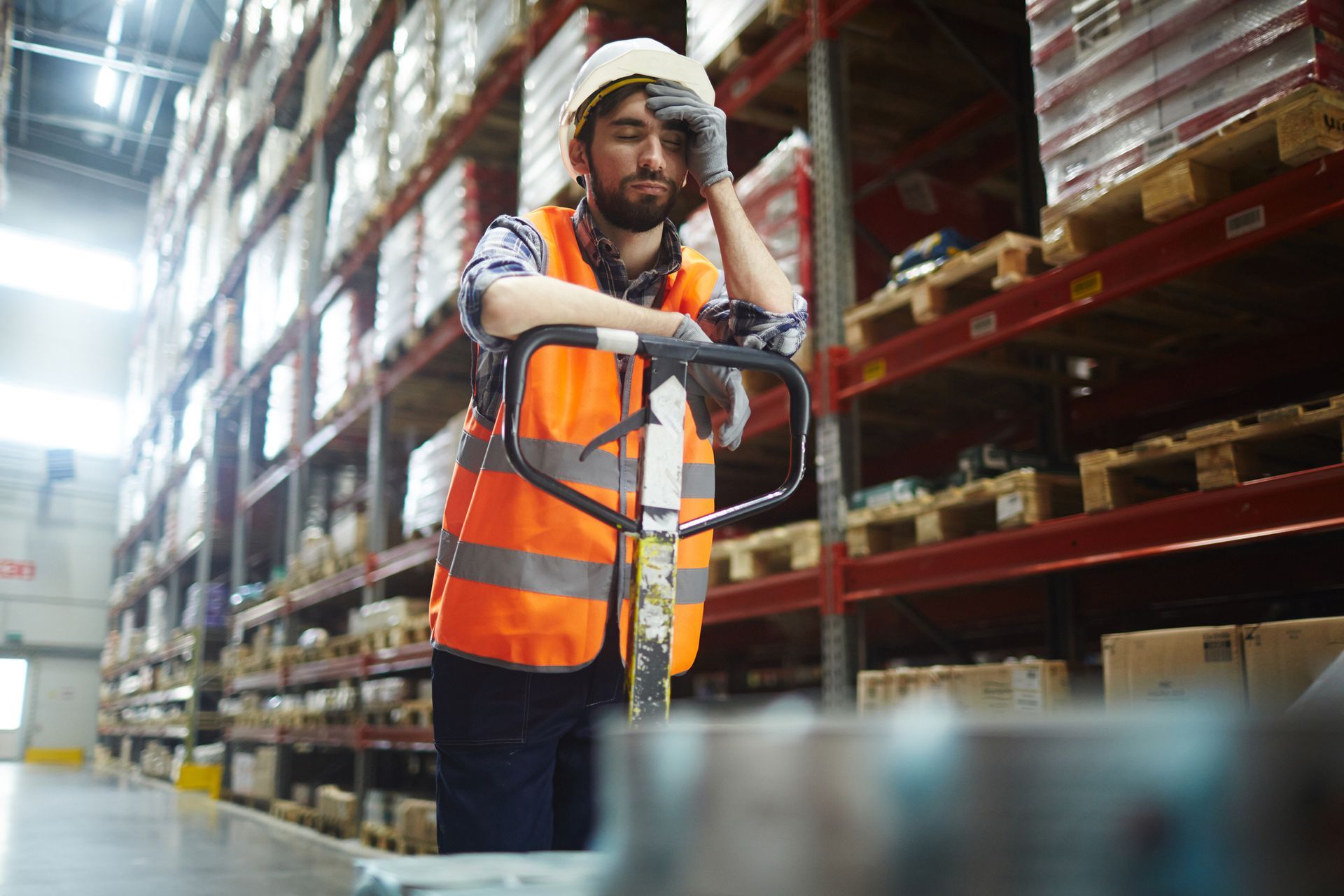A Candid Chat with a Safety Pro: Unpacking Worker Fatigue, Especially During the Holidays

Introduction
Hey there! I hope this finds you well. Given the hustle and bustle of our workdays and the added weight of the festive season, I thought we might sit down and discuss something quite pressing – worker fatigue. It's not just about being tired; it's a genuine safety concern. Let's dive in, shall we?
Understanding the Hazards of Fatigue
Imagine working long hours, and just as you're winding down, your alertness dips. Sounds familiar? This decreased mental alertness can cause misjudgments, slow reaction times, and even make usually simple tasks appear challenging. Oh, and ever noticed someone (or maybe even yourself) being a tad bit cranky after a long day? Fatigue does that.
Holiday Season – A Double-Edged Sword
I love the holidays, just like the next person. But with extended work hours, heightened expectations, personal stressors like shopping and festive preparations, it’s a recipe for an exhaustion overload. And if you’re catching a flight to see loved ones? Jet lag is another notch on the fatigue belt.
Let's Talk Practical Tips
We safety pros love our actionable advice!
- Regular Breaks: Honestly, they work wonders. A quick walk, a bit of stretching, or just resting your eyes can refresh you.
- Hydration: A simple trick – keep a water bottle at your desk. Trust me, it makes a difference.
- Nutrition: Those holiday treats are tempting, but a balanced meal can keep that energy up.
- Caffeine? Moderation is Key: I'm a coffee-lover, but those highs come with lows. Let's not rely on it too much.
- Eyes Open, Always: Understand fatigue’s signs, in you and your colleagues. Let's watch out for each other.
Navigating the Festive Season
It’s the most wonderful time of the year, but a few pointers wouldn’t hurt, right?
- Planning: Make lists, spread out tasks, avoid that last-minute scramble.
- Prioritize Rest: You know the drill - 7-9 hours of sleep. Make it count.
- Alcohol in Check: I enjoy a festive drink, but moderation helps ensure sound sleep and clearer mornings.
- Stay Active: Those post-feast walks? Gold.
- Sharing is Caring: Delegate. Whether it's at work or prepping for a festive dinner, teamwork lightens the load.
- Relax: Maybe some light reading, meditation, or just deep breaths. Find your Zen.
Wrapping Up
There we have it. Worker fatigue is real, more so during the holidays. But with some awareness and simple strategies, we can keep ourselves and our teams safe and spirited. Remember, safety isn't just a protocol; it's a mindset. Cheers to safe and joyful times ahead!



